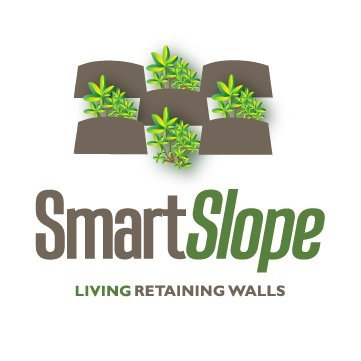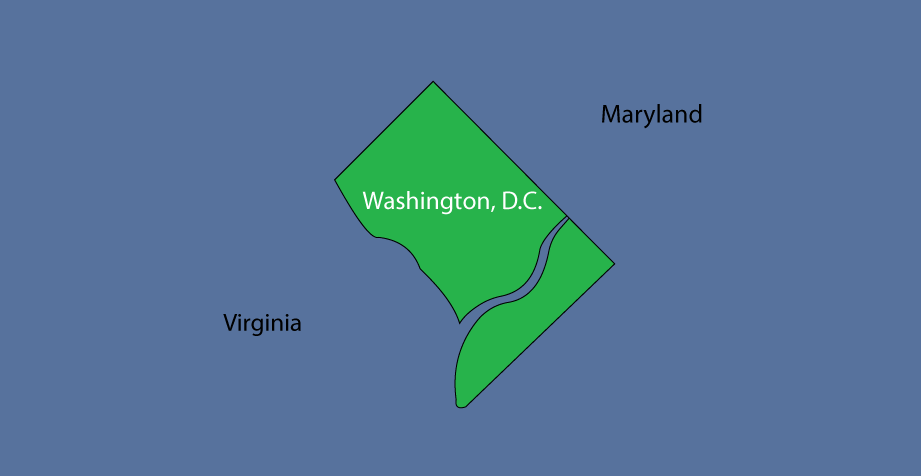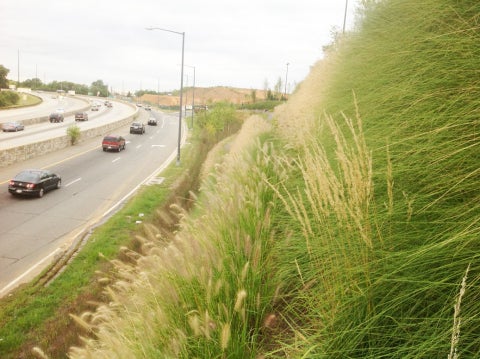Dakota Crossing Vegetative Retaining Wall

Parts of the Chesapeake Bay watershed contain a high percentage of impervious cover – paved or other hard surfaces such as roofs and roadways that prevent rain water from being absorbed into the ground. Instead, water runs along these surfaces, collecting trash and substances such as motor oil, lawn fertilizers, and pesticides. This polluted stormwater flows into streams and rivers, where it threatens aquatic ecosystems and public health.
Effective stormwater management, on the other hand, creates safe paths for polluted runoff to be captured and filtered through the ground before it reaches waterways. This helps keep the environment clean and our communities healthy!

Project location: District of Columbia
Problem: For twenty years, a prime 20-acre parcel of land in DC sat undeveloped due to concerns about being able to effectively manage stormwater runoff. The parcel is located atop a steep hill, adjacent to the Anacostia river, in a gateway area of DC.
Solution: When the Dakota Crossing mixed-use project was designed, developers created innovative solutions to keep polluted runoff out of the Anacostia River. Site design includes flow channels from parking lots and roofs that direct water into a series of cisterns, where water is pumped through a “SmartSlope” retaining wall via drip–irrigation tubing. Native grasses planted on the terraces of the retaining wall act as a vertical wetland, treating stormwater through bioretention and filtration. The system won a “Best Innovative BMP” award in the Chesapeake Stormwater Network’s 2015 Best Urban BMP in the Bay Award (BUBBA) competition. Dakota Crossing has benefitted the surrounding community by creating hundreds of jobs at onsite retailers, while minimizing impact to local water quality.
Funding sources: privately funded
Partners: Furbish Company, Chesapeake Bay Seed Capital Fund, Maryland Industrial Partnership



